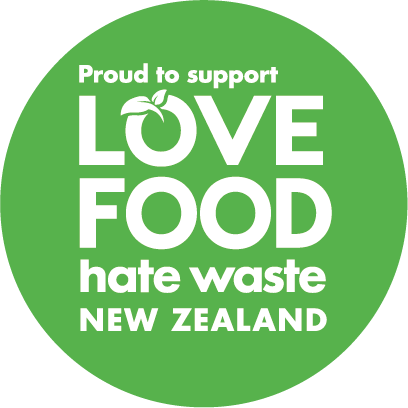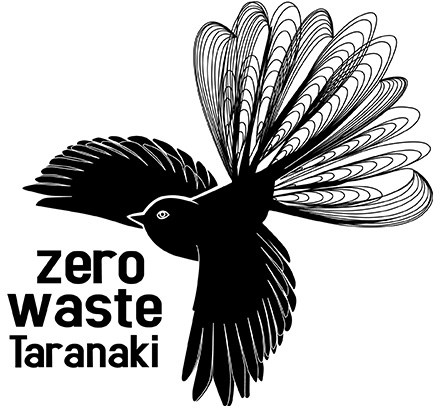Leftovers
Try to reduce the amount of leftovers by cooking only as much as you need to eat – but sometimes, such as at Christmas, leftover food is hard to avoid. That’s when your creativity can kick in.
- Use leftovers as fillings for pies, toasties or savoury/vegetable bread puddings.
- Mix leftovers with eggs for a frittata.
- Pad-out leftovers with pasta, rice, beans or salad.
- Soups are great for using vegetable leftovers.
- Crumbles and smoothies can use up all sorts of leftover fruit.
Ensure leftovers are covered or in a sealed container before they go in the fridge, and don’t reheat them more than once.
If you’ve still got more leftovers than you can get through, pop them in your green food scraps bin or compost bin.
Another option is to get in touch with a food rescue charity such as On The House, which distributes quality surplus food to those in need.



